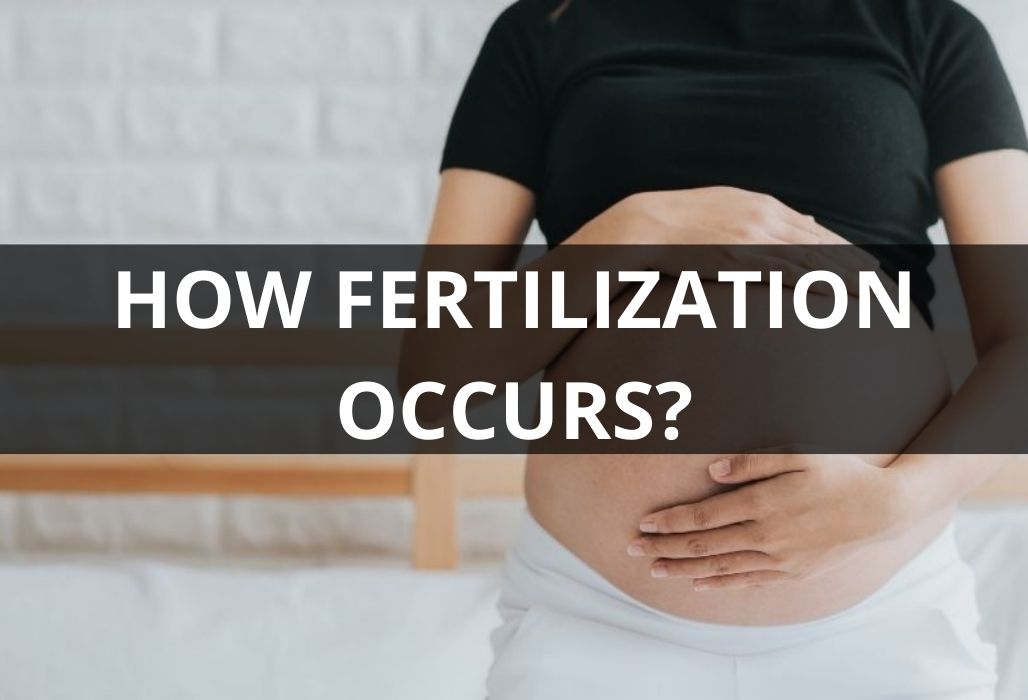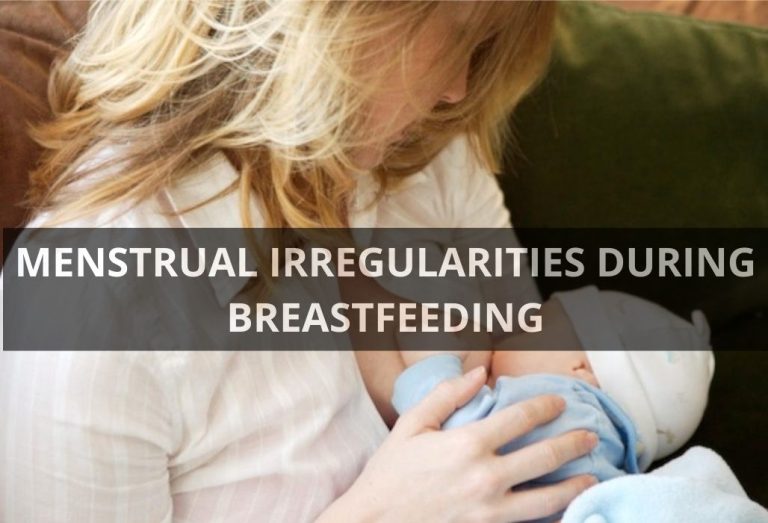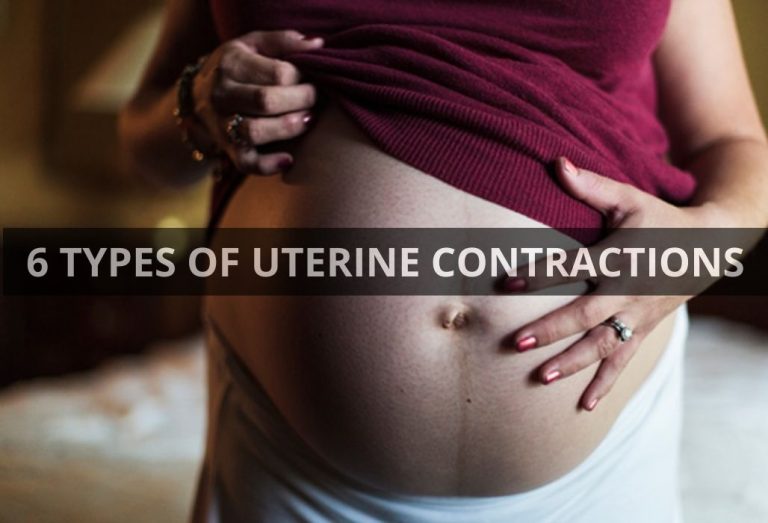HOW FERTILIZATION OCCURS?
In this article, I would like to share the steps in this complex process, in which separate germ cells combine to implant.
Fertilization refers to the process by which an egg, a female reproductive cell, and a male reproductive cell, sperm, combine to create a new, unique and irreplaceable being.
Human fertilization is a very complex process involving many factors . It involves the fusing of egg and sperm cells to create new and unique beings. The union between the two cells produces an embryo, and when the embryo is implanted correctly, pregnancy occurs.
Fertilization
In humans, this process occurs internally. In other words, fertilization occurs inside a woman’s body, particularly inside the fallopian tubes, which is known as “natural” or in vivo fertilization.
However, this type of modification is not always possible. Thus, reproduction with medical help, such as in vitro fertilization, was developed. With this method, fertilization takes place in the laboratory . In other words, this is called “artificial” or in vitro fertilization.
In this article, I would like to share the steps of this complex process in which isolated germ cells combine to implant.
Sperm move towards egg
“Out of hundreds of millions of sperm, only one can enter the egg and fertilize it.”
During sexual intercourse, the sperm penetrates the vagina. However, the vagina contains an acidic medium that is harmful to sperm, which causes them to move elsewhere.
Through the cervix, sperm reach the uterus and from there travel to the fallopian tubes, where the fallopian tubes are located.
Sperm can survive in these tubes for 48 to 72 hours. Conversely, in vitro sperm can only survive for less than 24 hours. This means that fertilization can occur up to two to three days after sexual intercourse.
Semen contains hundreds of millions of sperm cells. However, fewer than 100 of them are able to reach the egg. The rest of the sperm die. And only one sperm of these “survivors” can enter the egg to fertilize.
Sperm and egg combine
Upon entering the egg, the sperm loses its tail and fuses with the nucleus of this female reproductive cell. This union produces the embryo’s first cell, known as a fertilized egg or zygote.
All the necessary genetic information, from eye color to gender, can be found inside the zygote.
When fertilization occurs, the chemical structure of the egg changes. The permeable membrane surrounding the egg is now rendered impermeable to prevent the entry of other sperm.
If more than one sperm enters the egg, fertilization does not occur.
The zygote travels to the uterus
The fallopian tubes have hairs known as cilia. And the movement of the cilia makes the fertilized egg move. So the fertilized egg slowly moves into the uterus, which can take up to four days.
During this journey, the zygote begins to develop and evolve. A few hours after fertilization, it divides into two cells and begins to divide equally over and over again. And by the time it reaches the uterine cavity, the zygote is already composed of 16 cells.
The zygote should continue to develop without nesting as soon as it reaches the uterine cavity. Therefore, it remains in the uterine cavity for 2-3 days before implantation in the uterus.
Come up with an idea
“Only 30% of embryos implant successfully in the uterus.”
Implantation takes place 7 days after fertilization. This usually occurs between 21 and 22 days after your last menstrual period. At this time, the zygote implants in the Endometrium and adheres firmly like a suction cup.
The outer layer of the zygote makes a kind of nest, which forms the trophic membrane, the membrane that gives rise to the placenta.
The placenta nourishes and protects the baby during pregnancy. From this moment on, the embryo continues to develop.
Fertilization of Twins
Contrary to popular belief, twins do not result from the fertilization of two sperm and an egg. This is because the fertilization mechanism prevents this from happening.
In the case of twins, the process is the same as creating a single embryo.
But sometimes, for unknown reasons, the embryo splits in two, producing two genetically identical babies. This means that they are also of the same sex.
Fraternal twins, on the other hand, have slightly different origins. In this case , fertilization of two different eggs occurs by two different sperm. Therefore, unlike the case mentioned above, they develop into two embryos.






